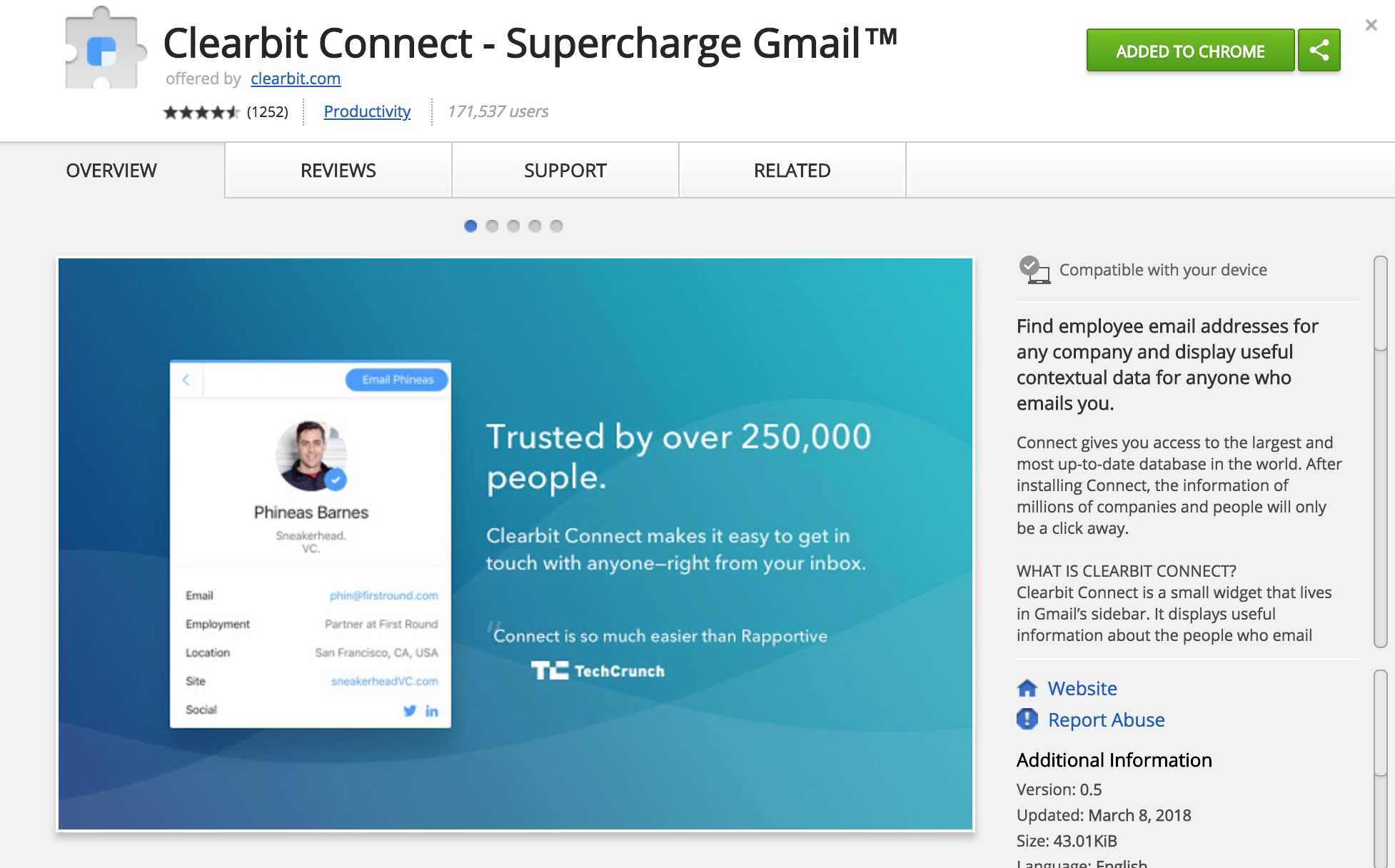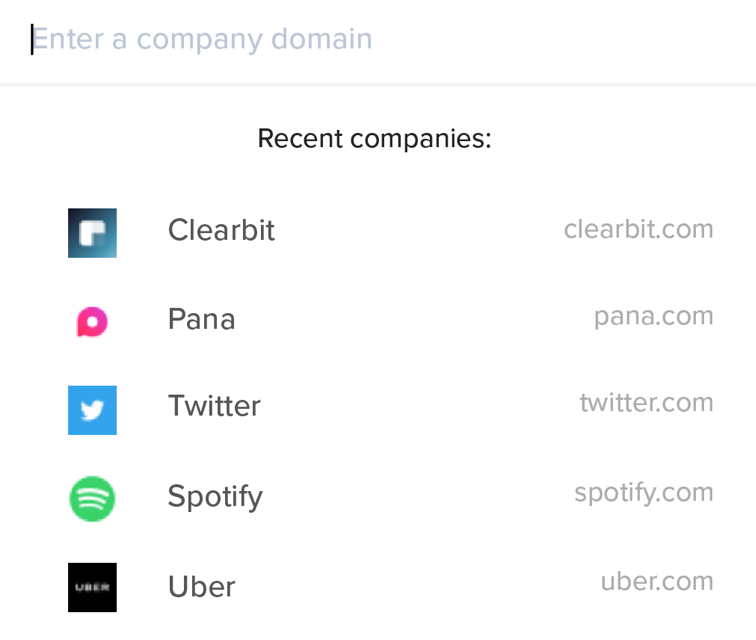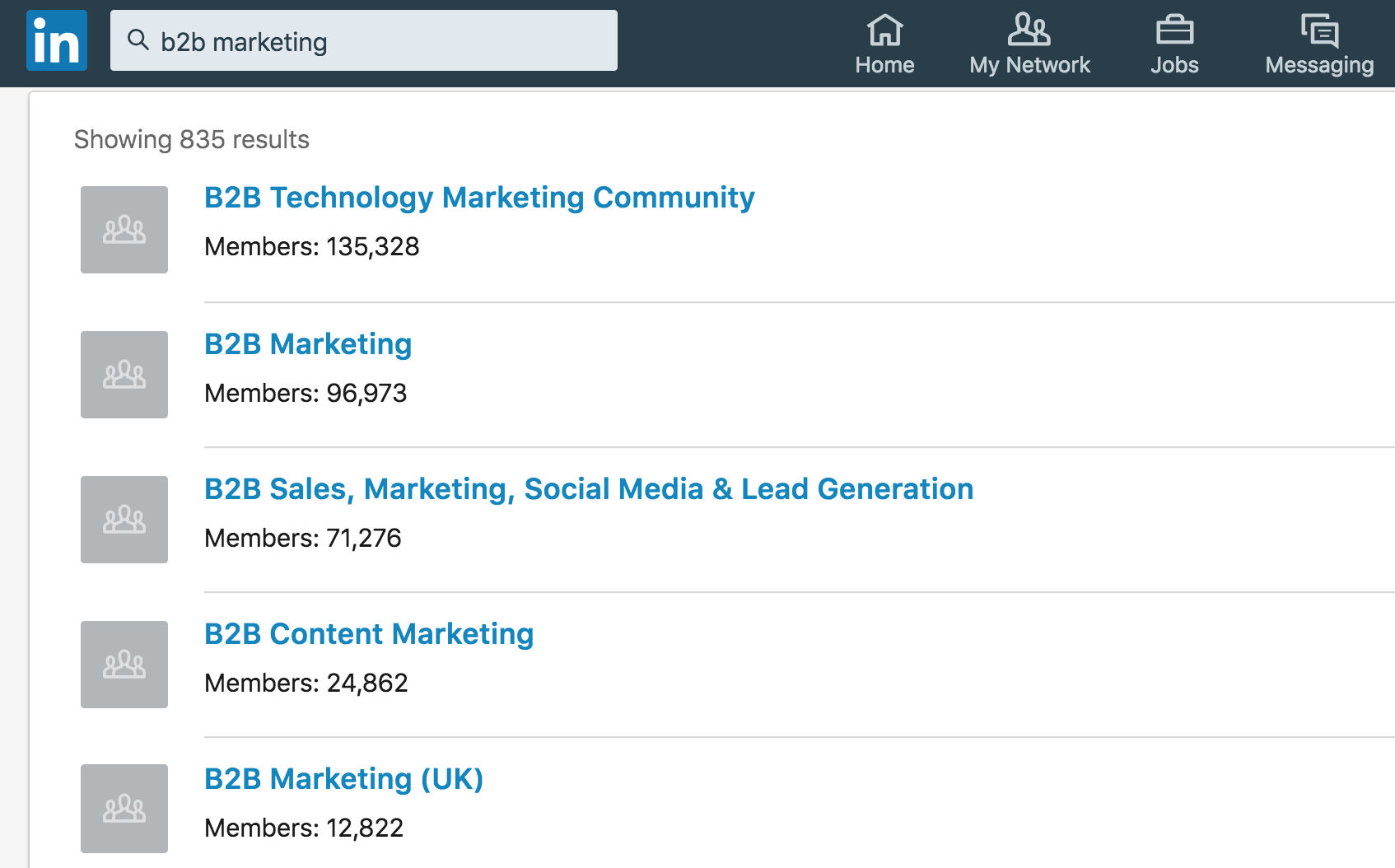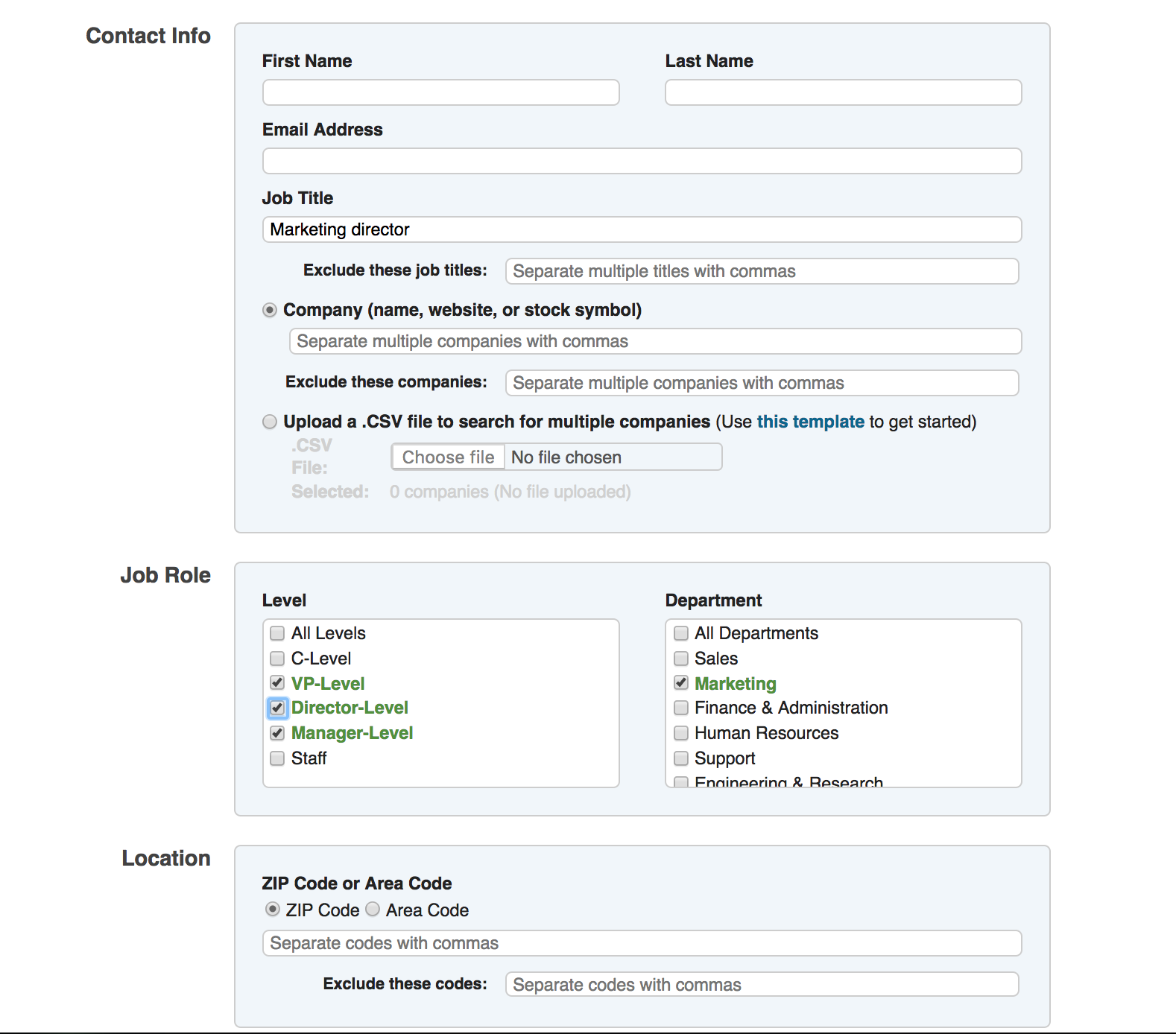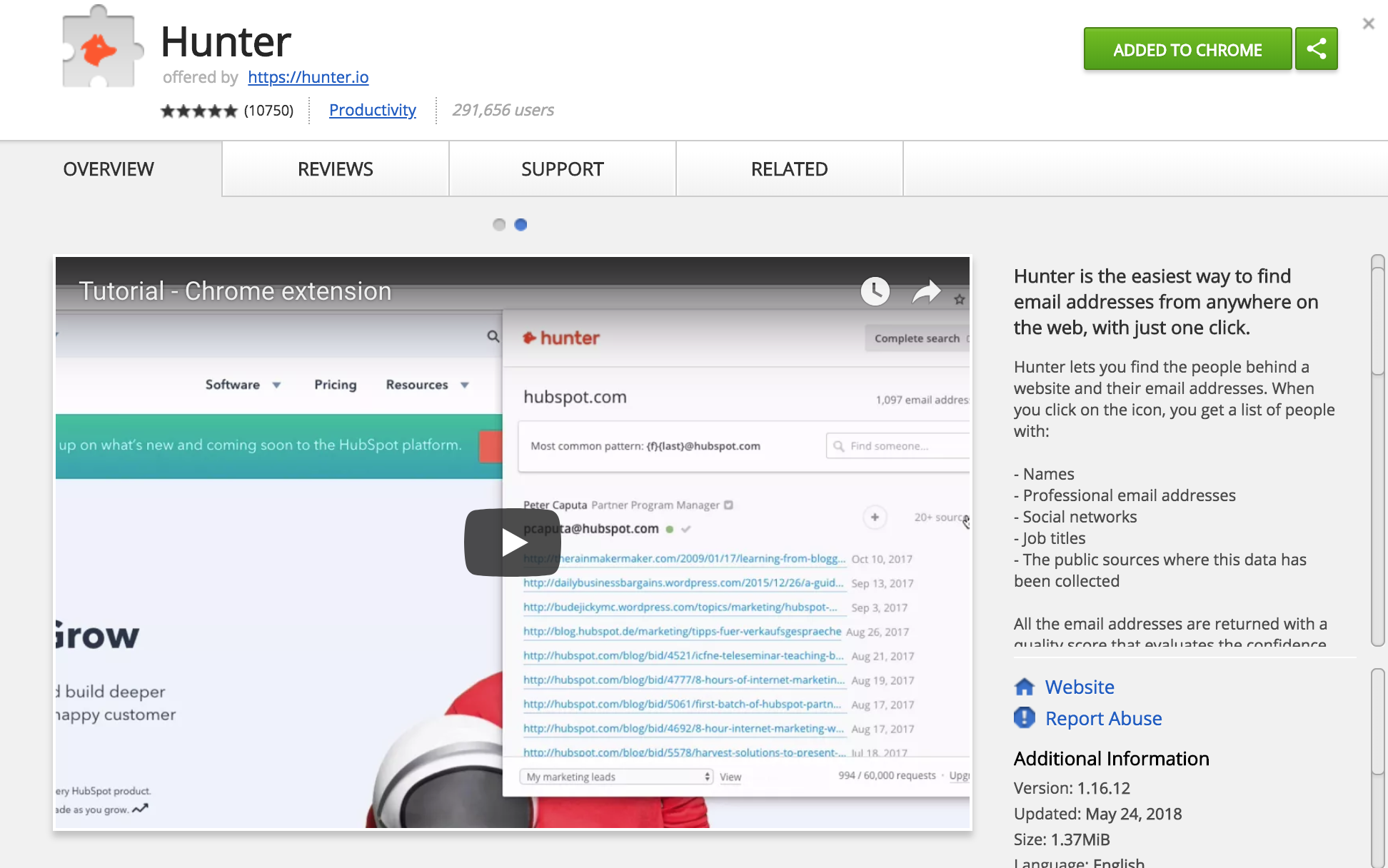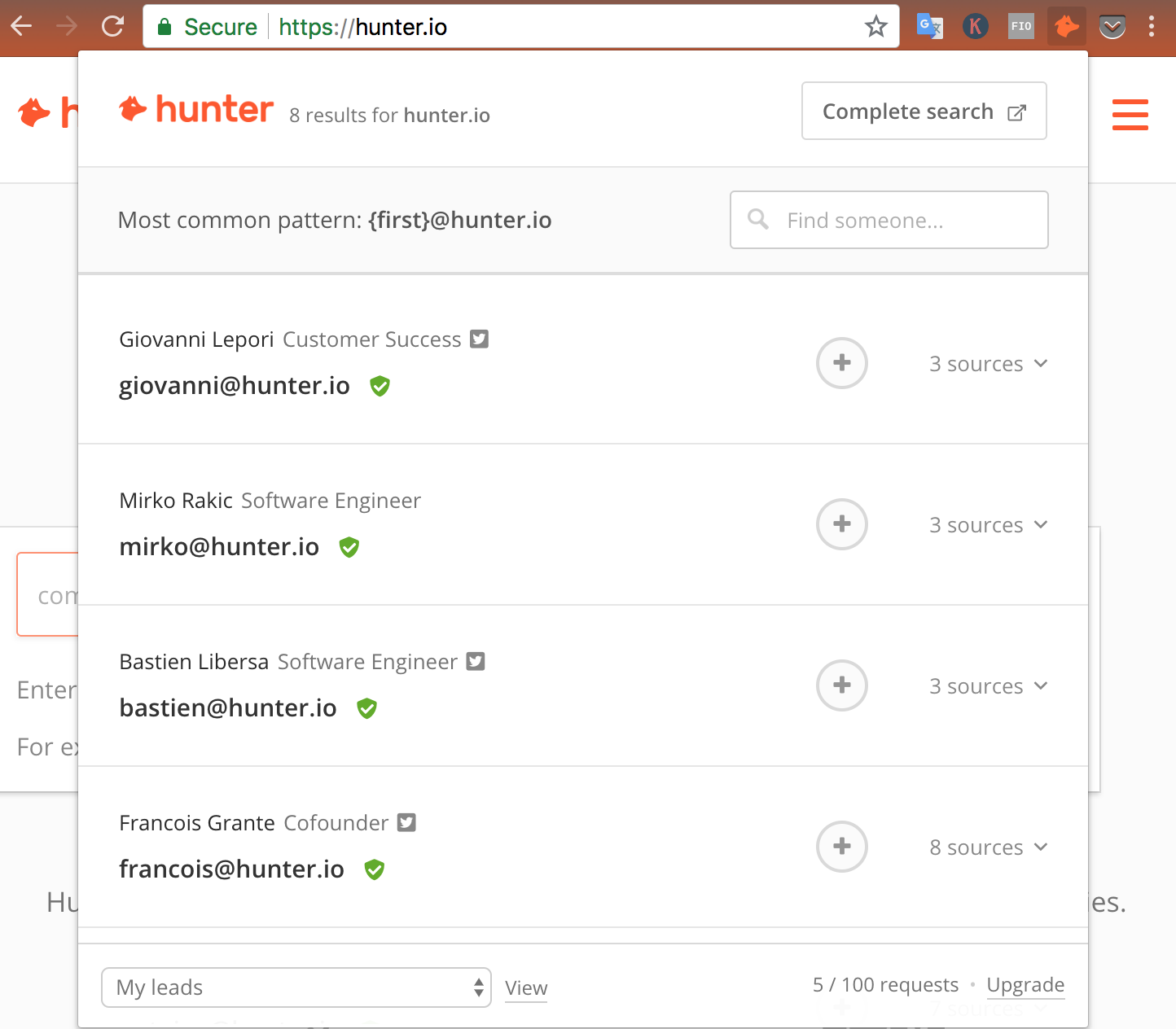Author Archives: Jason

Phones, smart assistants, and other types of tech make our lives easier, but the convenience often comes at a cost. Our personal data is often collected and exploited for a variety of purposes without our knowledge, or expressed consent. In some cases, hackers use malware to hijack our phones and spy on us. But it doesn’t have to be that way: here we’ll tell you how to avoid spies and limit nosy tech and apps.
Signs that your phone is spying on you
There are a handful of signals that indicate that your phone has been compromised, either by an app, or someone monitoring your activity. If you notice one or more of the following peculiarities, it could just be a hardware issue or software bug, but it might also be the result of malware unknowingly installed to your phone, or worse:
- Phone feels unusually warm. When your battery heats up, and your phone is hot to the touch even when you aren’t using it, that’s a possible indicator that data is being sent to and from your phone without your knowledge.
- Inexplicably high data usage. While newer spy apps have worked a way around this, older spyware will utilize your cellular data to transmit out collected info from your phone. A sudden uptick in data usage can be a telltale sign.
- Battery runs out quickly. Malware working in the background can drain your battery fast. If you notice an abrupt change in battery life, the cause could be malicious software running in the background.
- Odd text messages. Receiving text messages with unrecognizable codes is an occasional sign that spy software is operating a remote control feature. They also might indicate an attempted phishing scam.
How to end spying and tracking on an Android phone
Phones running on Android are more susceptible to malware and hacking than iPhones due to owners’ ability to download and install apps from often suspicious third-party sources.
Malware may be snuck on to your phone along with more innocuous looking apps, or even be engineered by those in cyber crime hot spots like Russia to resemble popular games and apps.
To check your phone for malicious or suspicious-looking programs or files, go to Settings -- Applications -- Manage Applications and delete any files or programs that look unusual. The problem is that a lot of spyware software is disguised under innocent looking file names, in which case installing a spyware program like Anti Spy Mobile is a more sure bet for removing malicious spy software.
However, the only surefire, guaranteed way to clear your Android phone of malware is by performing a factory reset. To perform a factory reset, go to Settings -- Backup & Reset -- Factory Data Reset - Reset Phone. Depending on the phone, the menu names may vary slightly, but the general process is the same.
How to avoid tracking on an iPhone
Luckily, iPhones aren’t nearly as prone to malware due to strong security and the fact that only Apple-approved apps are able to downloaded through the one and only App Store available to iPhone Users.
Yet, if you have purchased a second-hand, jailbroken phone, spy software may be (or already has been) downloaded and installed onto your phone. To do a check of the apps installed on your phone, simply go into Settings, and scroll to the bottom for a complete list of the apps installed on your device.
For a simple fix for getting rid of any possible spyware installed on your jailbroken iPhone, use iTunes to download the latest iOS version. The installation process will remove any non-Apple approved software from your phone. Be informed, your phone will no longer be jailbroken after the update, and you will lose the ability to download apps from rival app stores, and associated other freedoms, forever.
How mobile phone networks track people
This situation is impossible to avoid--short of trashing your cell phone entirely. Cell phones work by connecting through a cell tower, or cell for short, that beams communications through a relay of one or many other cell towers operated by your carrier.
Your phone connects to only one cell at a time, therefore your network has a pretty good idea where you are at all times. When you travel long enough, your signals will be directed to the next closest cell in the system.
Again, if this bothers you, you can either power your phone off, and take out the battery for as long as you wish to go off the radar, or stop using a cell phone. Little else can be done to avoid your wireless network from knowing your location, since that’s how the technology works. Just keep peace of mind in the fact that they generally aren’t the bad guys.
Is someone spying on you through your laptop?
It’s horrifying but true: someone might be watching you through your PC or laptop’s webcam. The vulnerability typically comes through possessing a less-than-secure variety of camera that is easily accessed through accidental user installation of malware, or through malware that was on your computer before you bought it.
How you can tell if you are being watched through your webcam:
- The LED light next to your camera is blinking...when you aren’t using it. Sounds like something out of a modern suspense movie, but this actually happens. If the webcam light is glowing at odd times, that’s a telltale scene that the camera has been hacked. This is sort of the lucky scenario, though, as most hackers possess the knowhow to disable this function.
- Presence of audio or video logs on your hard drive. These provide strong evidence of instances when you are being watched.
- Slowdown, or unusual processes running when you open task manager. The malware installed to allow them to spy on you may have innocuous names, but use up a suspiciously high amount of memory.
If any of these situations apply to you, the first thing you should do is cover up the camera. Next, uninstall the webcam drivers, and do a thorough scan of your hard drives with up-to-date anti-virus software.
Is Amazon Alexa listening to conversations?
Yes, your Echo, Echo Dot, Amazon Tap, etc, is making recordings of the things you say, ostensibly to train its software to be more responsive to your voice and manner of speech. Everything spoken after, and one second before, you say one of the wake words, including “Alexa,” “Computer,” “Echo,” Amazon,” is recorded in order to analyze your speech and learn to understand it better.
Yet, you may have noticed that your Echo occasionally awakens at the sound of a word *similar* to a wake word, meaning that the backlog of recordings may be more vast than you suspect.
You’ll know when your Echo is recording since the blue ring around the product will flash momentarily. People speculate that Alexa is listening to more than just what is directly addressed towards her, although there is no proof of that. In fact, Amazon addressed a flaw in the software that allowed Alexa to listen and record indefinitely in April, 2018.
Even if Alexa is only listening when you address her with a wake word, the thought of anything being recorded is pretty concerning for some people. However, you are able to both listen to, and delete all of Alexa’s recordings, if you wish.
In order to delete Alexa’s log of recordings, open the Alexa app on your device and go to Settings -- History. There, you will be able to review each instance where you, or someone in your home, activated Alexa.
To delete recordings, simply select an entry from the same menu and press Delete. Since deleting each entry individually would take a tremendous amount of time, there is a shortcut to delete everything all at once: simply go to Manage Your Content and Devices at amazon.com/mycd and follow the instructions.
You can stop Alexa from listening entirely by muting the microphone on the device, although that will essentially render your smart assistant useless. Yet, sometimes turning it off for an evening is good for peace of mind.
Fitness tech that spies on you
Devices from popular fitness tech companies like Fitbit and Jawbone are able to tell when you are walking, exercising, going up the stairs, sleeping, and may even keep track of your caloric consumption. This is great for helping users to monitor and keep track of their fitness activity from day-to-day, but are the companies spying on you?
The University of Toronto published a study in 2016 with some alarming findings, including the fact that data from users is being exploited by top fitness tech companies in a privacy-eroding fashion while they neglect to protect user ID’s. This included the selling of data to insurance companies, court systems, possible criminals, and others. In some cases, fitness trackers took advantage of bluetooth technology to track users from place to place. This type of information can be exploited to learn more about users shopping habits and more in a coordinated attempt to best monetize user data.
In order to mitigate the tendency of fitness tech companies to use or sell your personal data, pay close attention to user agreements and terms of service, no matter how long they are, and keep track of the permissions that you grant various apps, i.e., access to photos, the microphone, etc. Since fitness tech is getting better and better at keeping track of daily activities, including when you are engaged in sexual activity, the best bet may be to swear these devices off, entirely.
Apps that track... and how to stop them
Beyond the tech that is possibly spying on you, apps are also keeping track of your location and using your personal data to their advantage.
Facebook has gotten into a ton of heat recently, due to the Cambridge Analytica scandal where tens of millions of users’ data was taken and analyzed to influence election results. If you use Facebook, its best to know which apps are granted access to your information.
Go to Settings -- Apps for a list of the apps allowed access to your info, and click on a particular app to see the full extent of its permissions. From there, you can delete the apps, or remove their permissions.
When you sign into your Gmail or Google+ and stay signed in, Google tracks your location data and stores it in the cloud. Ostensibly this information is safe there, but if someone gets a hold of your account password, they can access this detailed location information from anywhere.
For Android users, to disable location reporting, go to Settings -- Location -- Google Location Settings, and switch off both Location History and Location Reporting. You can also delete your phone’s accumulated cache by pressing Delete Location History near the bottom of the screen.
To do the same, Apple users should open Settings and go to Privacy -- Location Services, and you’ll have the option to disable location services for each installed app.
After doing this, you’ll lose the convenience factor of having your frequently visited locations stored, but the tradeoff is up to you.
Uber
Uber is another company keeping data on all of your trips through use of its app. This can be used for good; keeping data on ride histories assures that you have proof if you need to settle a dispute or opt against using a particular driver. Yet, there are several instances in the past of Uber using ride data in relatively irresponsible ways, notably in a 2012 blog post titled “Rides of Glory” detailing the number of customers using their service for one night stands.
While this is long in the past, the creepiness factor of Uber knowing so much about your comings and goings maybe be too much for you. Unfortunately, the only way to avoid them collecting data on your journeys is to stop using the service entirely. Another situation where the choice between privacy vs. convenience is a personal one.
To see all of the information Twitter has stored on you, go to Your Twitter Data after clicking on your profile photo. There you can see how they’ve used your post history and the accounts you follow to predict your personal interests and connect you with advertisements they think you’ll respond to. Of course, this is a little scary. You can opt out of interest-based advertising in Personalization and Data Settings.
Apps that protect from spying and tracking
-
Anti Spy Mobile - A reliable and popular anti-spyware app tailored for Android users.
-
Hidden Device Admin Detector - An Android tool that combs your drive for malware and other sketchy software that can be hard to find on your own, and removes it.
-
https://donttrack.us/ - An alternative search engine that won’t store your search history or use your data for targeted ads.







